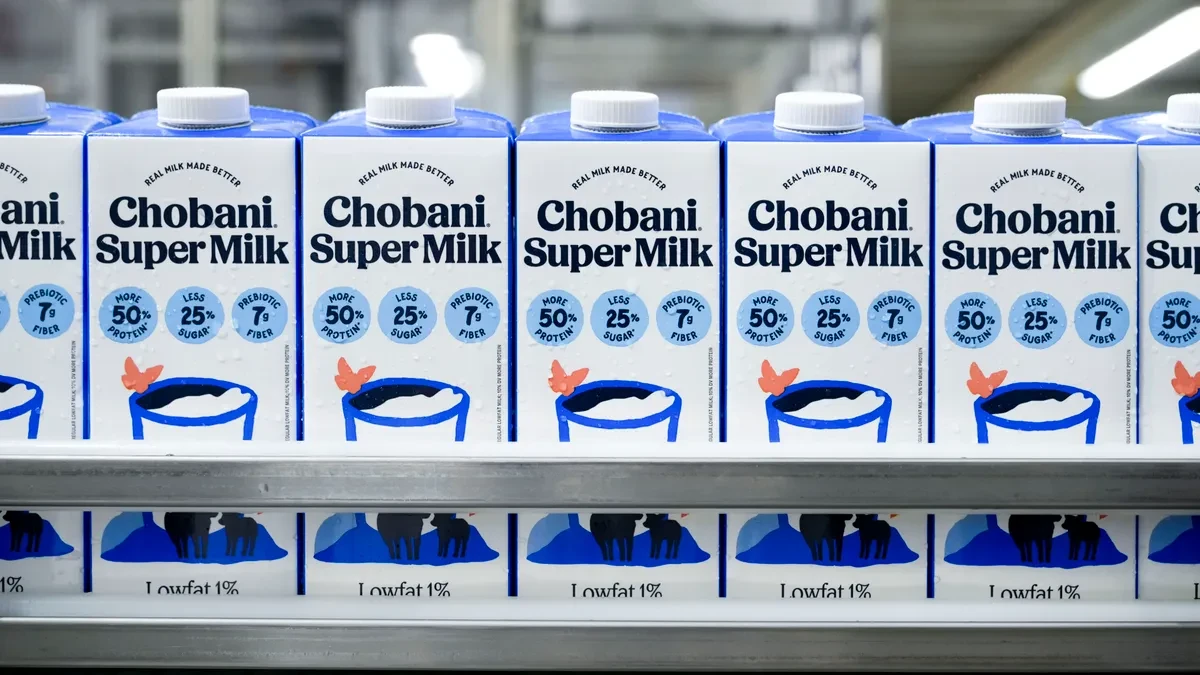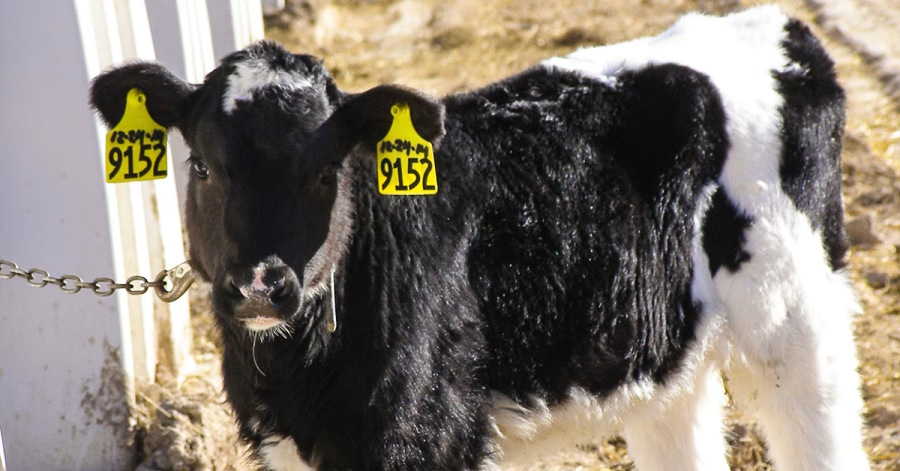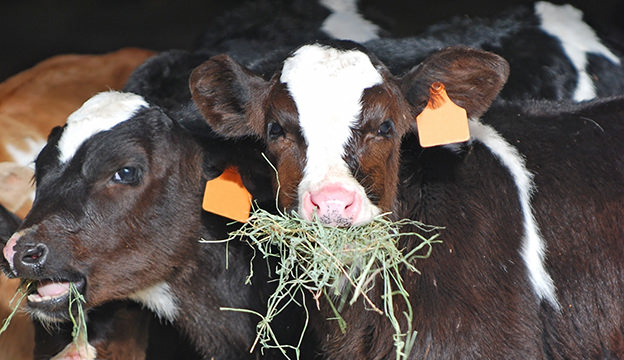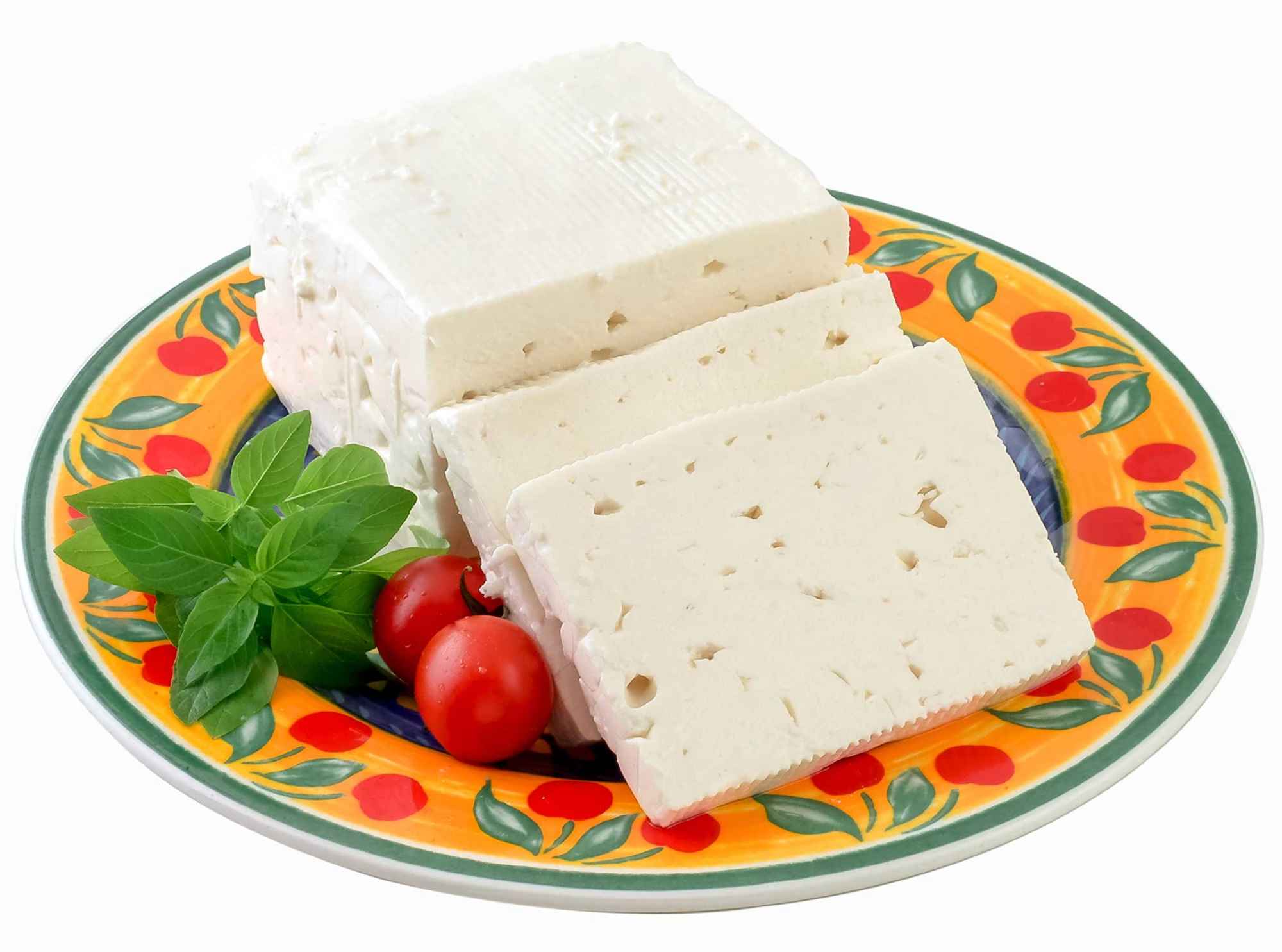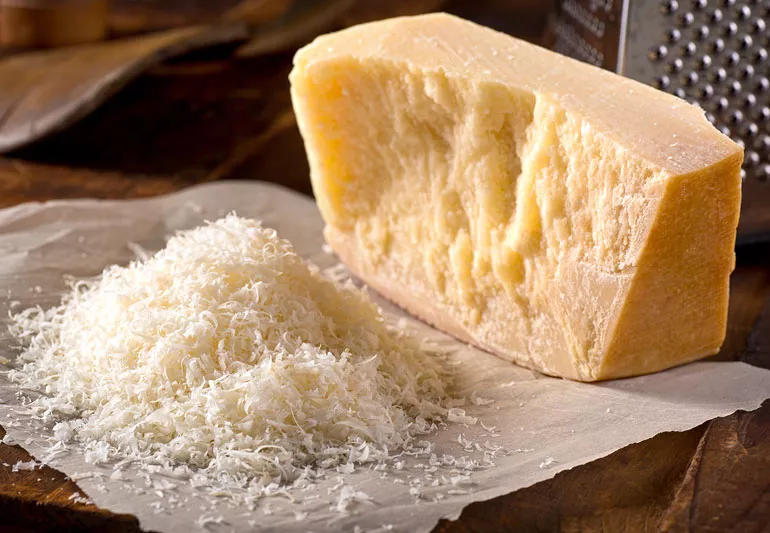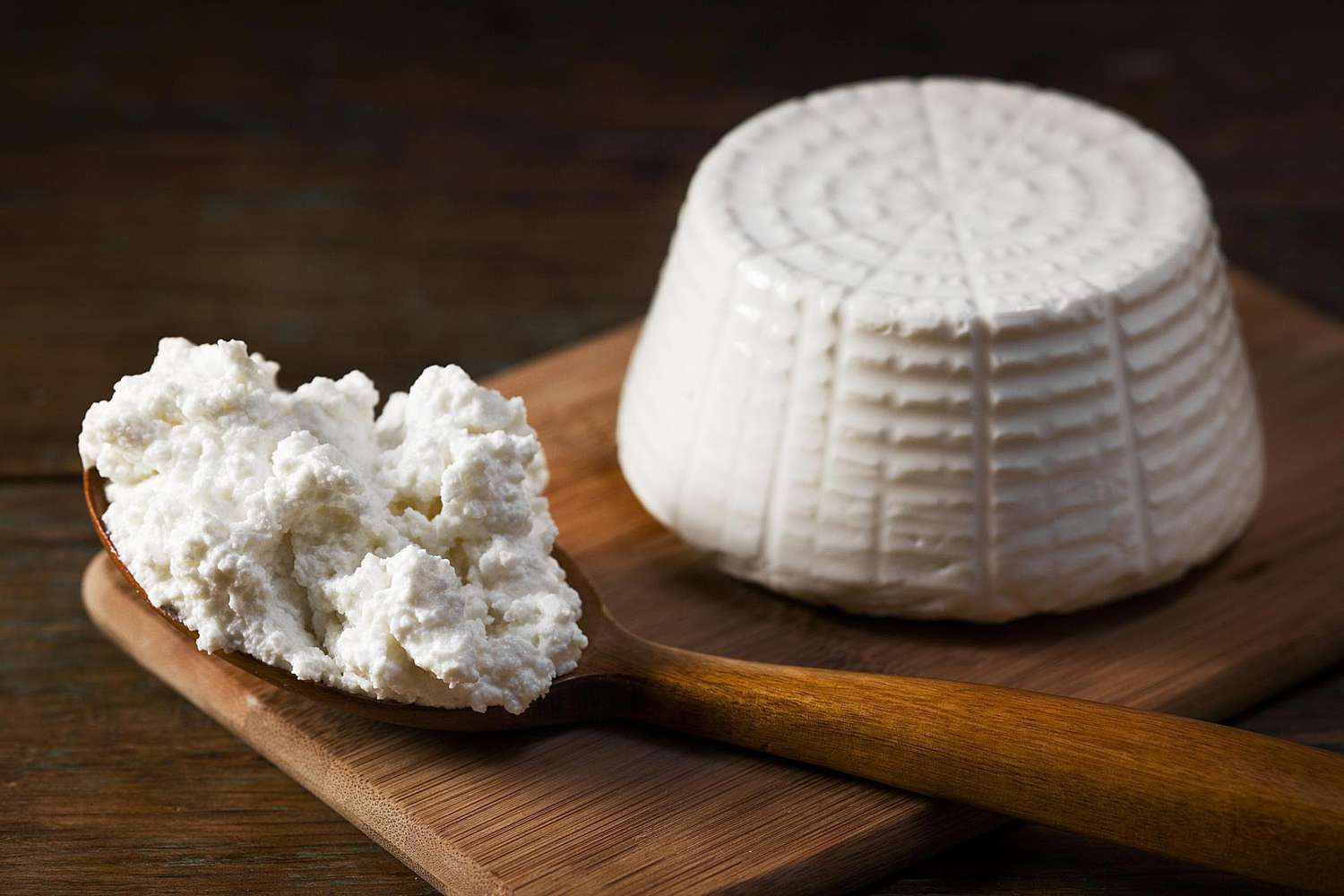Boost your farm’s productivity by understanding dietary fiber, NDF, and nonstarch polysaccharides. Is your herd’s nutrition optimized?
Summary: Are you curious about what truly fuels a cow’s digestion? The secret lies in understanding the intricacies of dietary fiber. Fiber isn’t just filler—it’s a vital component that supports optimal health, boosts milk production, and ensures the overall well-being of your herd. By delving into the various types of dietary fiber, including Neutral Detergent Fiber (NDF) and Nonstarch Polysaccharides (NSPs), you can enhance your feeding strategies and improve your farm’s productivity. Dietary fiber supports proper digestion by increasing chewing and saliva production, while NDF regulates the animal’s dry matter intake. Higher NDF may reduce digestibility but supplies the bulk needed for proper rumen activity. NSPs improve rumen health by maintaining a steady pH and promoting beneficial microorganisms, leading to improved nutrient absorption and healthier milk. A balanced combination of dietary fiber, NDF, and NSP can reduce digestive difficulties, increase farm output, lower veterinary expenditures, and ultimately result in more consistent milk production and farm profitability.
- Understanding dietary fiber is crucial for cow digestion and overall herd health.
- Neutral Detergent Fiber (NDF) helps regulate dry matter intake and supports rumen function.
- Nonstarch Polysaccharides (NSPs) promote rumen health by maintaining pH balance and nurturing beneficial microorganisms.
- A well-balanced mix of dietary fiber types can enhance nutrient absorption, leading to better milk production and farm profitability.
- Proper fiber management can reduce digestive issues and lower veterinary costs.
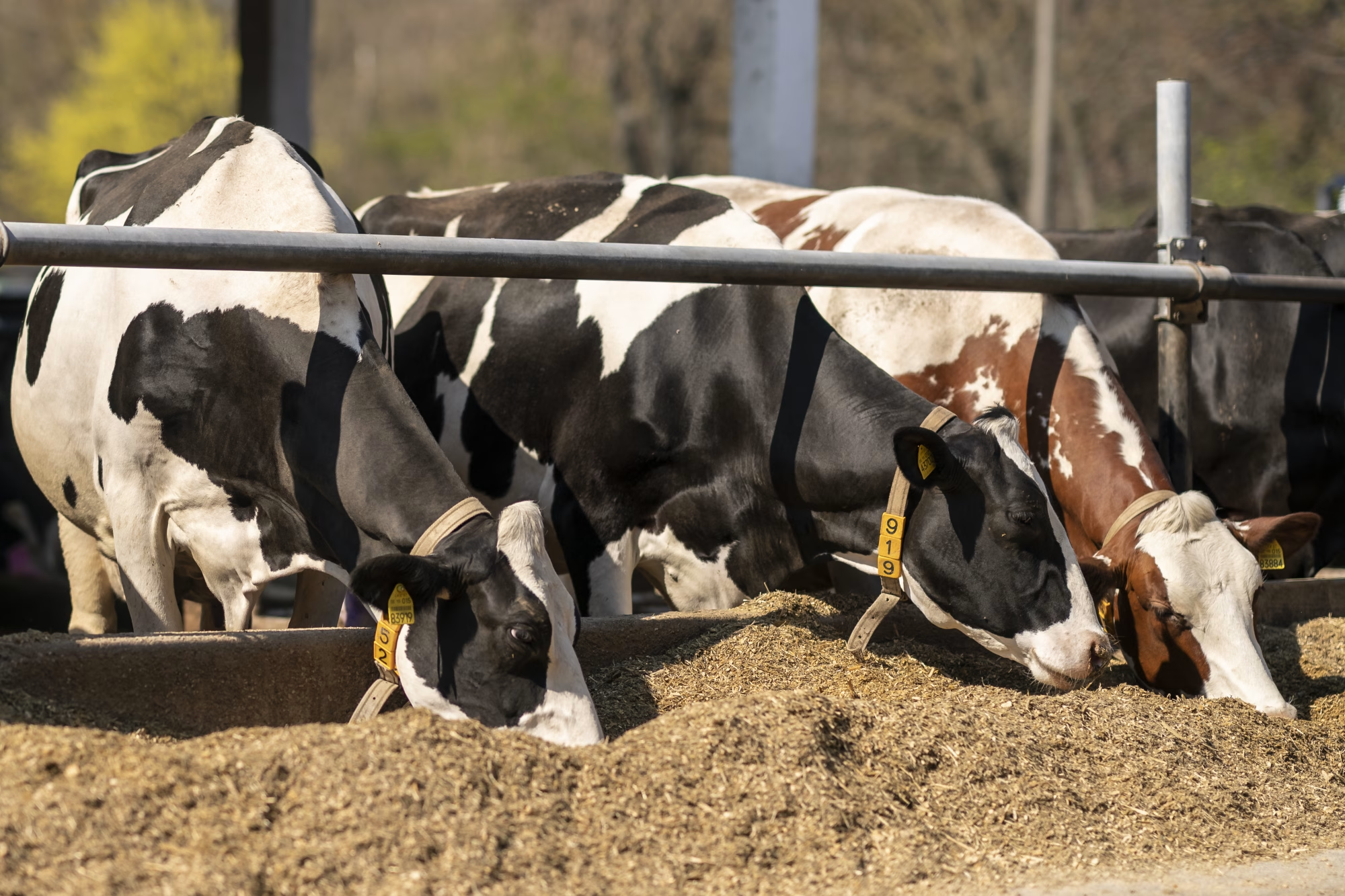
Have you ever considered how the fiber in your cows’ diet influences their health and milk production? Dairy producers must understand the importance of dietary fiber, neutral detergent fiber (NDF), and nonstarch polysaccharides. These components are more than buzzwords; they form the foundation of good animal nutrition and agricultural production. Explain why these fibers are necessary and how they may have a concrete impact on your farm. Fiber benefits not just human health but may also transform dairy farming. Proper fiber intake directly impacts milk output, digestion, and lifespan. The appropriate fiber balance may help cows digest better, produce more milk, and live longer. You may be wondering, “How?” Dietary fiber and NDF serve several functions in cow diets. They comprise most of the feed cows ingest and are required for proper rumen function. Cows that receive the correct kind and quantity of fiber may digest their diet more effectively and produce more milk. The fiber level of your cow’s diet may make or break your farm’s profitability. So, are you prepared to go further into the science of fiber in dairy farming? Let’s get started.
Ever Wondered What Makes a Cow’s Digestion Run Smoothly? It All Starts with Dietary Fiber
Have you ever wondered what keeps a cow’s stomach running smoothly? It all begins with dietary fiber. In dairy nutrition, dietary fiber refers to indigestible components of cows’ plant-based feed. These fibers include cellulose, hemicellulose, and lignin, which are vital for your cows’ digestive health.
So, why is dietary fiber essential? First, it supports proper digestion by increasing chewing and saliva production, which aids in the breakdown of food. When cows eat, they make saliva, neutralizing stomach acids and improving digestive efficiency.
But that is not all. Dietary fiber also has an essential impact on rumen fermentation. The rumen, the most crucial section of a cow’s stomach, digests material via fermentation. This process provides cows with energy and critical nutrients, including volatile fatty acids, increasing milk production. Consider it as maximizing the potential of the feed you offer.
Furthermore, a high-fiber diet may help avoid digestive diseases such as acidity. It maintains the rumen’s pH, keeping cows healthy and productive. What’s fascinating is that not all fibers are made equal. Nonstarch polysaccharides, including pectin and β-glucans, ferment quicker than cellulose but do not produce lactic acid. This offers a more stable energy source without the hazards associated with starch.
Incorporating appropriate dietary fiber into your cows’ diet helps enhance general health, digestion, and milk supply. A minor tweak may have a tremendous effect on your farm.
The Backbone of Bovine Digestive Health: Why Neutral Detergent Fiber (NDF) Matters
NDF comprises plant cell wall components such as cellulose, hemicellulose, and lignin. These components are indigestible to the animal’s enzymes yet serve an essential role in bovine digestive health. Why is NDF so crucial for dairy cows? It regulates the animal’s dry matter intake, influencing how much they can absorb and digest. Higher NDF often reduces digestibility but supplies the bulk required for proper rumen activity.
Standardizing NDF techniques is easy. Different methodologies and enzyme changes can provide conflicting findings, complicating feeding regimens and nutritional analysis. This discrepancy results from efforts to reduce starch interference using various amylases. Initially, Bacillus subtilis enzyme Type IIIA (XIA) performed this function successfully, but it is no longer accessible. Its successors have performed better.
Enter the new enzyme recognized by the Association for Official Analytical Collaboration (AOAC). This enzyme is available from Sigma (Number A3306; Sigma Chemical Co., St. Louis, MO) and represents a significant development in the area. It is progressively displacing other amylases in analytical work because of its improved capacity to give consistent, precise findings. Dairy producers and nutritionists may use this enzyme to ensure up-to-date and trustworthy analyses, resulting in enhanced nutritional planning and healthier animals.
Unlocking the Power of Nonstarch Polysaccharides (NSPs) for Dairy Cow Nutrition
Look at nonstarch polysaccharides (NSPs) and their critical significance in dairy cow nutrition. NSPs are complex polysaccharides that defy digestion in the stomach and small intestine, finding their way to the large intestine, where they ferment. Nonstarch polysaccharides (NSPs), including pectin and β-glucans, ferment at a slower rate in the rumen than starch.
So, why does this matter? The unique fermentation of NSPs in the rumen creates volatile fatty acids, the principal energy source for cows, while producing no lactate. This trait reduces the danger of acidosis, a typical problem when giving high-starch diets.
The advantages do not end there. Incorporating NSPs into the diet improves rumen health by maintaining a steady pH and promoting the development of beneficial microorganisms. This microbial activity promotes fiber digestion and nutrient absorption, resulting in healthier milk.
Add NSPs to your cows’ meals to promote a healthy rumen and higher milk output. Remember that a happy rumen equals a cow; happy cows make more milk!
Fiber: The Unsung Hero of Dairy Nutrition
Dietary fiber, NDF, and NSP are essential components of dairy cow feed. Let’s examine why these components are so important. First, dietary fiber is necessary for a cow’s digestive health. It functions as a natural broom to keep the digestive system running smoothly. Think about it like this: Good dietary fiber guarantees that your cows have fewer digestive difficulties, resulting in reduced downtime and higher overall farm output.
NDF, or Neutral Detergent Fiber, is another essential ingredient. It measures the forage’s cell wall contents, which include cellulose, hemicellulose, and lignin. High amounts of NDF may impede digestion, but moderate levels maintain a healthy rumen environment, resulting in improved nutrient absorption. According to studies, cows that are given an ideal mix of NDF produce more milk. Wainman et al. found that adequate NDF levels may increase milk output by up to 15%. If your cows are under-producing, it may be time to reconsider their NDF consumption.
Nonstarch polysaccharides (NSPs) are equally significant. Unlike starch, NSPs ferment more like cellulose and produce no lactic acid. This implies they’re safer for the rumen and lower the danger of acidity. A constant rumen pH leads to healthier cows and, thus, increased milk output. Mascara Ferreira et al. found that including NSPs such as pectin and β-glucans in cow feeds improved milk quality and quantity (link to research). Real-world examples from Midwest dairy farms show that including these fibers into their feed mix significantly improved cow health and milk output.
You promote excellent cow health while increasing farm profitability by getting the correct dietary fiber, NDF, and NSP combination. Healthier cows result in lower veterinary expenditures and more consistent milk output. Increased milk output translates straight into increased income. According to Schaller’s study, farmers who optimize their fiber intake see a 10-20% boost in total profitability within a year.
What’s the takeaway here? Pay special attention to the kinds and quantities of fiber in your cows’ diets. According to the most recent studies, changes might result in healthier cows, increased milk output, and a more successful agricultural enterprise.
Revolutionizing Fiber Analysis: Transforming Dairy Nutrition for Better Yields
Fiber analysis has advanced significantly in recent years, altering our understanding and measurement of dietary fiber. Traditionally, methods for assessing Neutral Detergent Fiber (NDF) and Acid Detergent Fiber (ADF) relied on techniques and enzymes that still need to be updated. Recent advances in fiber analysis have resulted in more accurate and practical approaches. For example, the AOAC has approved a novel enzyme that removes starch interference while avoiding the discrepancies encountered in prior enzymes.
Dietary fiber includes lignin, nonstarch polysaccharides like pectin and β-glucans, and traditional carbohydrate components. Unlike conventional approaches, which focus primarily on fibers’ intrinsic content, modern techniques stress their physical and biological features, particularly how they ferment in the rumen.
So, why does this matter to you as a dairy farmer? Understanding and using sophisticated procedures may significantly improve feed quality and animal health. Accurate fiber analysis ensures your cows get the right nutrients for proper digestion and health. Finer measurements of dietary components may assist in forecasting feed intake and digestion more accurately, resulting in fewer digestive difficulties and more milk output.
These developments give farmers a better understanding of how various feed components interact inside the cow’s digestive tract. This may result in more exact feed compositions optimized for efficiency and health. Improved digestive health in cows leads to increased milk supply, weight growth, and reduced veterinary expenditures.
Implementing these cutting-edge fiber analysis technologies may seem technical, but the long-term advantages to your farm are enormous. Up-to-date methods protect your herd’s health and maximize the resources you spend on feed, directly influencing your profits. By maintaining current with these innovations, you feed your cows and ensure your farm’s future profitability.
Ready to Boost Your Herd’s Health? Measure and Analyze Fiber On Your Farm
How to measure and analyze your farm’s dietary fiber, neutral detergent fiber (NDF), and nonstarch polysaccharides (NSPs). Understanding these components may dramatically improve your herd’s nutrition and production. Here’s how you can get started:
Measuring Dietary Fiber
Tools Needed:
- Sample Collection Bags
- Drying Oven
- Analytical Balance
- Grinding Mill
- Fiber Analyzer or Laboratory Access
Steps:
- Collect Samples: Gather feed samples from different batches for a representative analysis.
- Dry Samples: Use a drying oven to remove moisture, as moisture content can skew fiber readings.
- Weigh Samples: Accurately weigh the dried samples using an analytical balance.
- Grind Samples: Grind the dried samples to a uniform particle size suitable for fiber analysis.
- Analyze: Use a Fiber Analyzer or send samples to a laboratory to determine the total dietary fiber content. Ensure methods align with up-to-date procedures.
Analyzing Neutral Detergent Fiber (NDF)
Tools Needed:
- Sample Collection Bags
- Drying Oven
- Analytical Balance
- Grinding Mill
- PDF Solution
- Reflux Apparatus
- Filter Bags or Whatman Filters
Steps:
- Collect and Prepare Samples: Same as steps 1–4 in dietary fiber measurement.
- Reflux Extraction: Add ground samples to a reflux apparatus with the NDF solution. Heat the mixture for one hour to extract the NDF.
- Filter and Wash: Filter the mixture using filter bags and rinse with hot water to remove non-fiber components.
- Dry and Weigh: Dry the filtered residue and weigh it to determine the NDF content.
Measuring Nonstarch Polysaccharides (NSPs)
Tools Needed:
- Sample Collection Bags
- Drying Oven
- Analytical Balance
- Grinding Mill
- Enzymatic Digestion Kit
- Spectrophotometer
Steps:
- Collect and Prepare Samples: Follow steps 1–4 in dietary fiber measurement.
- Enzymatic Digestion: An enzymatic digestion kit breaks down starch, ensuring only NSPs remain. Follow the kit instructions for accurate results.
- Spectrophotometer Analysis: Analyze the digested sample using a spectrophotometer to measure the NSP content.
By following these steps, you’ll better understand your herd’s nutritional intake. This allows for more precise adjustments to feed rations to enhance dairy production and animal health.
Practical Tips:
- Select the Right Enzymes: When choosing enzymes for fiber analysis, opt for the newly AOAC-approved enzyme from Sigma (Number A3306). This enzyme has shown superior effectiveness in removing starch interference, a critical factor for accurate NDF measurements. According to recent studies, this enzyme is rapidly becoming the industry standard.
- Regularly Update Analytical Procedures: Outdated methods can skew your results. Make sure you are following the latest procedures for NDF and ADF analysis. Review your current protocols and compare them with the most recent guidelines to ensure accuracy.
- Monitor Fiber Content Consistently: Incorporate regular fiber analysis into your feeding program. By frequently checking the fiber content in your feed, you can adjust rations to meet the specific needs of your dairy herd, optimizing their digestion and overall health.
- Understand the Role of Nonstarch Polysaccharides: Recognize that NSPs like pectin and β-glucans play a significant role in rumen fermentation. These polysaccharides ferment similarly to cellulose but at a faster rate and without producing lactic acid. Incorporate feeds high in NSPs to enhance rumen function.
- Utilize Advances in Dietary Fiber Analysis: Take advantage of new methods for total dietary fiber and nonstarch polysaccharides analysis. These improved techniques provide a clearer picture of the fiber composition in your feed, helping you make more informed decisions.
- Stay Informed: The field of fiber analysis is continuously evolving. Stay updated with publications and guidelines from trusted sources such as the Journal of Dairy Science. Attend industry conferences and workshops to learn about the latest advancements and how they can be applied to your farm.
The Bottom Line
Understanding dietary fiber, neutral detergent fiber (NDF), and nonstarch polysaccharides (NSPs) is critical for improving dairy cow nutrition. These fibers aid cow digestion and substantially influence general health and milk output. By using standardized, up-to-date fiber measurement techniques, dairy producers may achieve more accurate nutritional evaluations, resulting in better feed formulations and healthier cows.
Implementing these modern approaches has the potential to increase agricultural output significantly. Using the most recent authorized enzymes and testing instruments, you may prevent probable digestive disorders and improve rumen fermentation processes. This results in increased milk output and a more robust herd.
So, are you prepared to increase the nutrition on your dairy farm? Using this knowledge and technology, you may optimize your feeding practices and witness concrete gains in your farm’s performance.
Learn more:
- Leveraging Dietary Starch and Amino Acids for Optimal Component Yields: Boosting Dairy Cow Productivity
- Maximize Your Dairy Farm’s Profit: Insights from the 2021 Nutrient Requirements Report
- Understanding the Integral Relationship Between uNDF and Digestion Rate (kd) for Optimized NDF Utilization in Dairy Cattle
 Join the Revolution!
Join the Revolution!
Bullvine Daily is your essential e-zine for staying ahead in the dairy industry. With over 30,000 subscribers, we bring you the week’s top news, helping you manage tasks efficiently. Stay informed about milk production, tech adoption, and more, so you can concentrate on your dairy operations.







 Join the Revolution!
Join the Revolution!
